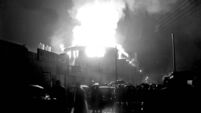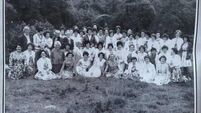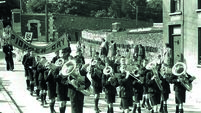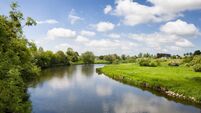Even bigger than the Olympics... the ‘Celtic Games’ 100 years ago
Female swimmers at the Tailteann Games in 1924
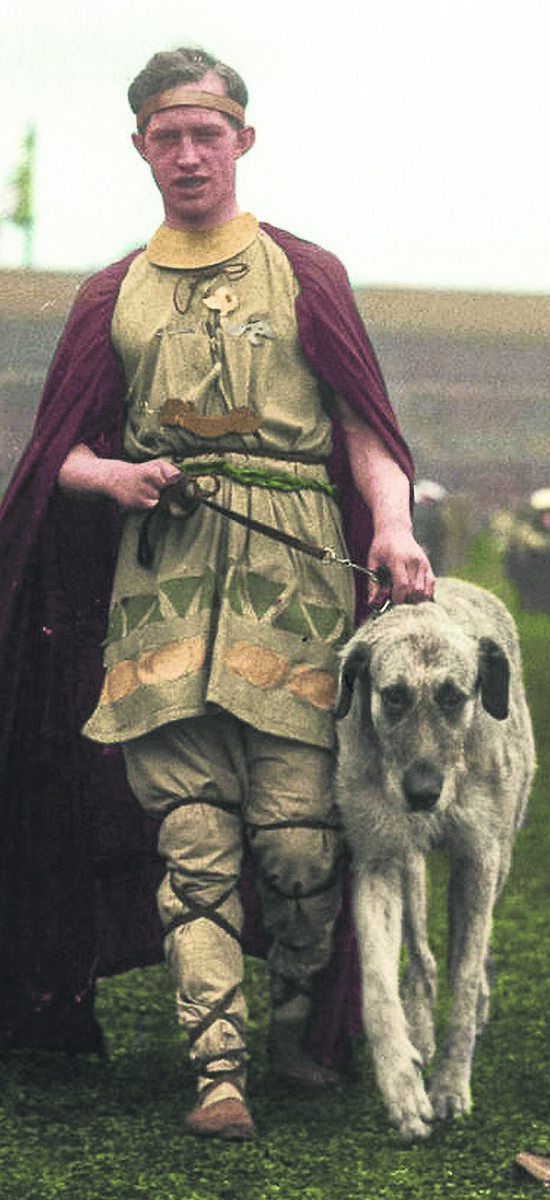
Other events included equestrian, motor racing, swimming, rowing, and billiards.
The choice of the grounds for the field sport competitions was easy - Croke Park was the only venue in the country at that time with a playing area large enough to accommodate athletics, hurling, football, cycling, and the other athletic activities.
It was also the only venue that could accommodate the large crowds expected to attend the games. At least 100,000 visitors were set to arrive from the USA alone, and 250,000 in total.
Like almost every other public place in Ireland, however, after the War of Independence, Croke Park was in need of refurbishment. In conjunction with the Department of Finance, the Tailteann Games committee gave the GAA £10,000 to upgrade Croke Park.
The GAA and JJ Walsh understood the money to be a grant, while the Department of Finance was adamant that it was a loan.
However, when the renovations, including the building of two covered stands, one of which was the Hogan Stand, were finished, the GAA had spent more than £14,000 and were forced to mortgage Croke Park in order to pay off the builders.
The postponing of the Games until 1924 allowed more time to generate interest in the event.
Entries for the Games were received from all over the world, including New Zealand, Australia, South Africa, Argentina, Persia (Iran), the United States, Britain and Canada.
The large entry created its own problems, primary amongst them being the need for accommodation in Dublin.
To ensure that this would not be an issue, postmen distributed leaflets to households asking them to consider taking in visitors to the Games. More than 12,000 households in Dublin responded to this call and offered to help.
A large number of political prisoners were still in jail after the Civil War. The Munster Council of the GAA declared that they would withdraw from the Games unless they were released. Sinn Féin were also publicly advocating a boycott.
Walsh wrote to President W.T. Cosgrave asking him to release the prisoners in order to help ensure that the Games would be a success. Although the prisoners were not released, most of the threats of a boycott were eventually withdrawn or were ineffective. The leadership of Sinn Féin were the only significant body to maintain a boycott. This was ironic as it was de Valera who was responsible for initiating the Games in 1919.
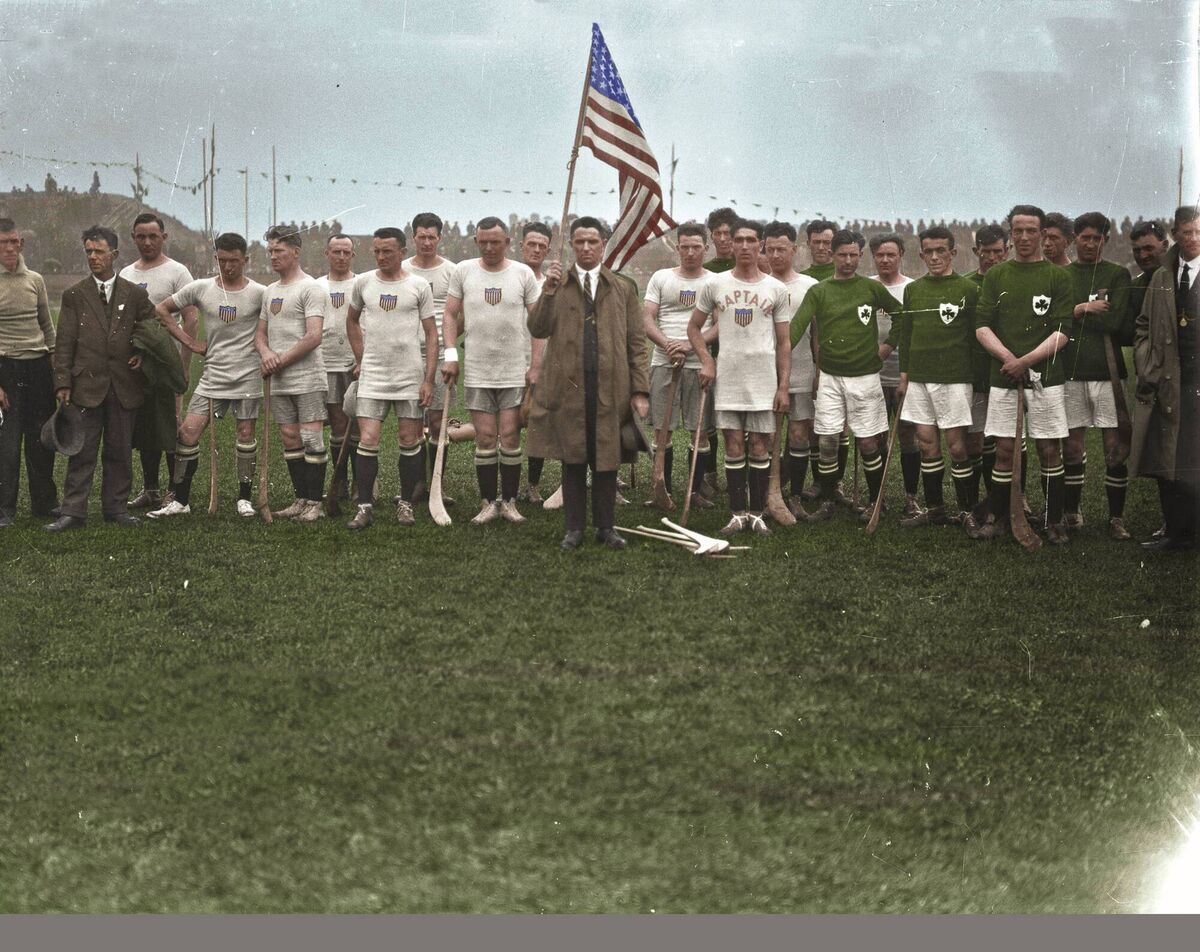
The official opening of the Tailteann Games took place on Saturday, August 2, 1924.
Dublin was decorated for the occasion. It was the biggest sporting event organised across the world in that year, boasting 5,000 competitors, bigger even than the Olympic Games in Paris earlier that summer.
The opening ceremony was a combination of pageantry and a display of Irish industry, along with a reimagining of Ireland’s Celtic past.
It was followed by a banquet at the Metropole Hotel where the speakers included Games Chairman William Butler Yeats and Director, J.J. Walsh.
The format saw an Irish team entered in each competition, where it competed against teams drawn from states all around the world to which Irish people had emigrated.
The Games began in earnest on Sunday, August 3. The events included shinty between Ireland and Scotland, hurling between Ireland and America, and football between Munster and Ulster, and Ireland and England.
The billiards competition was held at the Catholic Club in O’Connell Street and the handball in Ballymun. A crowd of 40,000 saw motorcycle racing at Phoenix Park.
Events were held daily for two weeks. One of the more unusual venues was the pond at Dublin Zoo, where the swimming events took place. Attendances there received a huge boost when Olympic gold medallist Johnny Weismuller - who would go on to become world famous by playing the role of Tarzan in several films - who was on his way home from the Paris Olympics, took part in some exhibition races.
The American team of hurlers who played against Ireland was made up of Irish emigrants.
On the final day of competition, August 16, events included rowing at Islandbridge, tennis at the Fitzwilliam Club, a 100k road cycle and a marathon which began in Navan and ended in Croke Park. Seventeen started out in that, but only four made it to the finishing line.
Perhaps the most thrilling spectacle of all were the aeroplane races.
Writing in the Irish Examiner last year, Paul Rouse, professor of history at University College Dublin, said these took place between pilots from the new Irish Free State Army Air Corps.
“This saw 12 planes taking part in six races, as well as an aerobatics display,” he said.
“The longest race was held over 20 miles from the Phoenix Park with the Clondalkin chimney, the Hell Fire Club and the Wellington Monument as the turning points, with planes reaching up to 140mph.
“Thrillingly, the Air Corps also staged a mock battle. A pile of timber had been rebuilt to resemble a fortress in a corner of the Phoenix Park; it was to be defended by several fighters and anti-aircraft guns from two bombers attempting to land mock bombs on it made from plaster of Paris.
The Irish Independent said the Games were “a triumph beyond expectation”, although the GAA got their fingers burnt - they lost £800 on it.
Thanks chiefly to the work of Director J.J. Walsh, the 1924 Games were a huge statement of intent for our fledgling country which at that time was torn by war and practically broke.
The huge interest in the successful staging of such a widespread celebration of cultural and sporting events, as well as the accommodation of more than a quarter of a million visitors, was a declaration that Ireland was open and ready for business.
It was the first rung on a ladder that has seen thousands of Irish men and women make their mark on the world stage of sports and culture.
